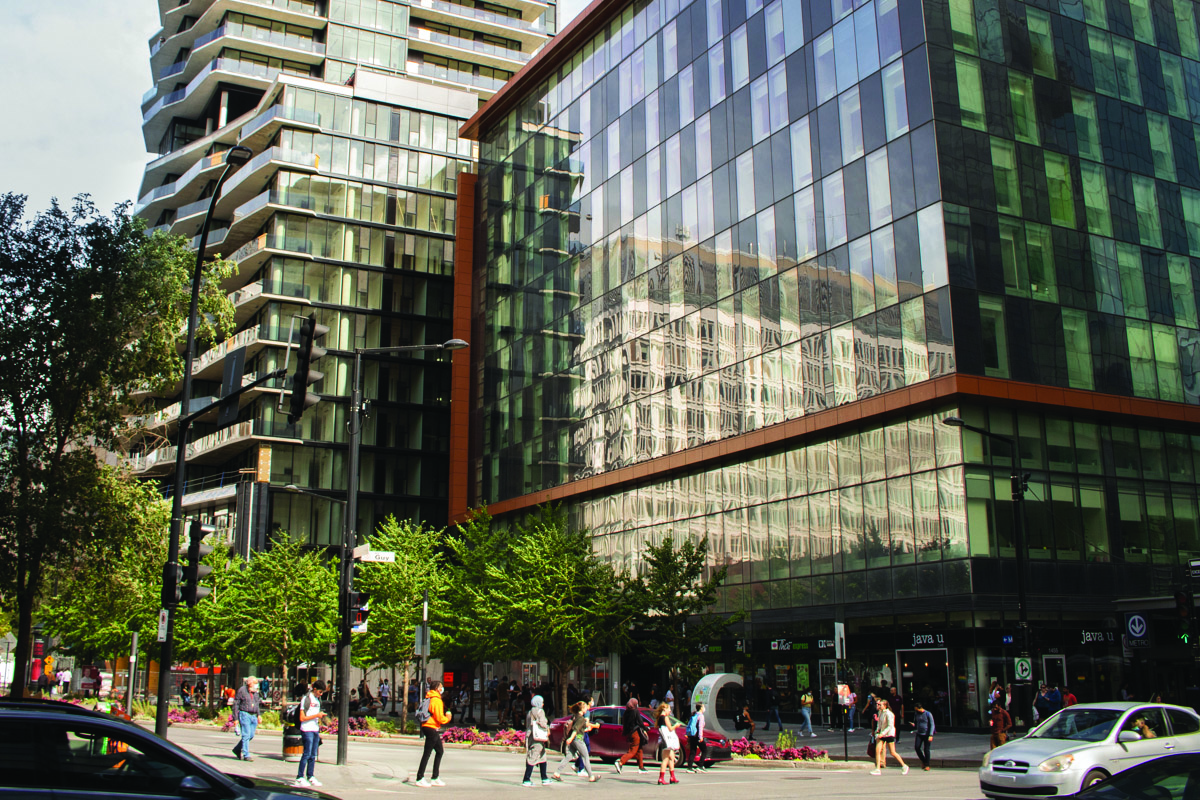The new set of policies will allow for students to request up to two days of absence without a medical note
On Wednesday, Sept. 29 the university released its new absence policy, which will allow students to take two days off of school without a doctor’s note. The move has granted more leniency to students struggling with a wide range of issues, including anxiety and depression.
On its website, Concordia details the process is meant for students who are dealing with, “an acute illness such as flu or bad cold, situational depression and anxiety, a significant distressing event (such as the death of a close family member or friend), [or] sustaining an injury,” among other criteria.
Students who need this service can access it twice in between fall and winter semesters, and once during a summer semester. It applies to undergraduate and graduate students alike. All a student would need to do is access the website and fill out a simple form that should take only a few minutes to complete.
While these are some of the reasons students can be excused from class, the policy has its limits. As the guidelines stress several times, this is for serious situations only. The form cannot be used during exam periods, and cannot be used in a period where a student would have to submit an assignment worth more than 30 per cent of their final grade in a given course. The policy cannot be used as an excuse for personal or family events, transportation issues, competing commitments, technological difficulties, and other events less serious than those listed earlier.
The new rules from the school’s administration will have a significant impact on students dealing with depression and anxiety. As stated by the Mental Health Commission of Canada,
“More than 28 per cent of people aged 20-29 experience a mental illness in a given year. By the time people reach 40 years of age, 1 in 2 people in Canada will have had or have a mental illness.”
According to Concordia University spokesperson Vannina Maestracci, “the goal is to give students flexibility when they are faced with unexpected situations on a limited basis — by not requiring medical documentation for these short absences of two days. Other processes already exist at the university for longer absences. Students who are faced with persistent anxiety or depression should register with the Access Centre for Students with Disabilities (ACSD) to seek support.”
This move was a result of a long process that began before the pandemic, stated Maestracci, including representatives from all faculties as well as the ACSD and the university’s Health Services clinic.
One distinct area this new rule does not cover, however, is absence caused by COVID-19 quarantines. The website specifically states that this policy does not cover quarantining caused by the pandemic. As Maestracci mentioned, “students who have been instructed to self-isolate by Public Health authorities and have in-person classes have to contact their professors and obtain instructions regarding academic concerns. (They should also fill out the COVID-19 Self-Isolation form to inform Concordia’s Environmental Health and Safety).”
Concordia hopes that this policy will alleviate some stress for students and give them time to deal with mental health issues. Whether it pertains to sickness or illness, physical or psychological issues, or any other serious problem, accommodations can likely be made by Concordia. The first and most important step is to reach out for assistance, which can be made easier by this new system.
Photograph by Catherine Reynolds
